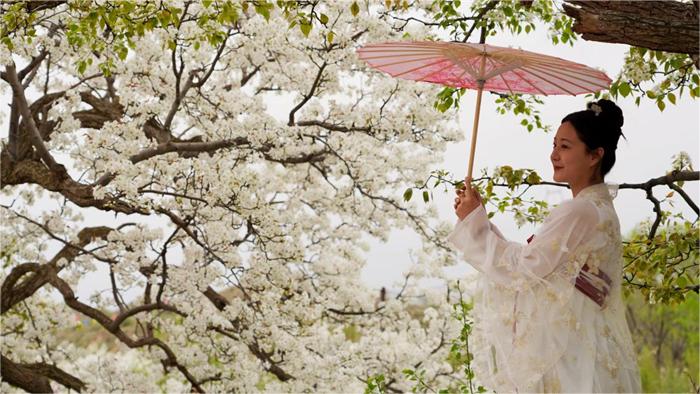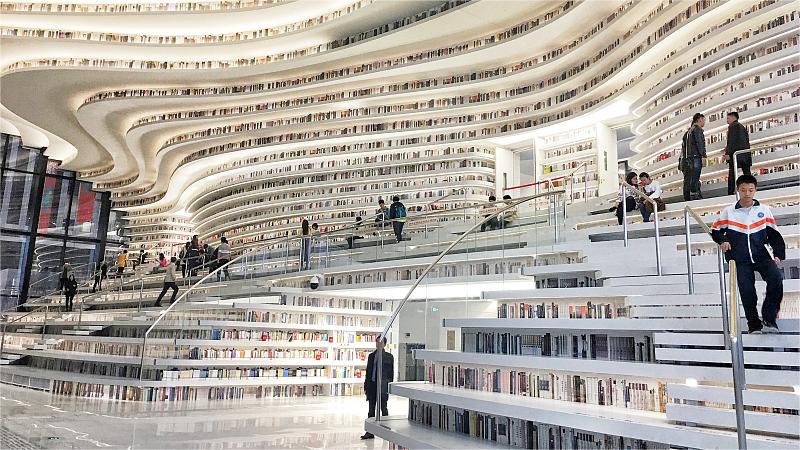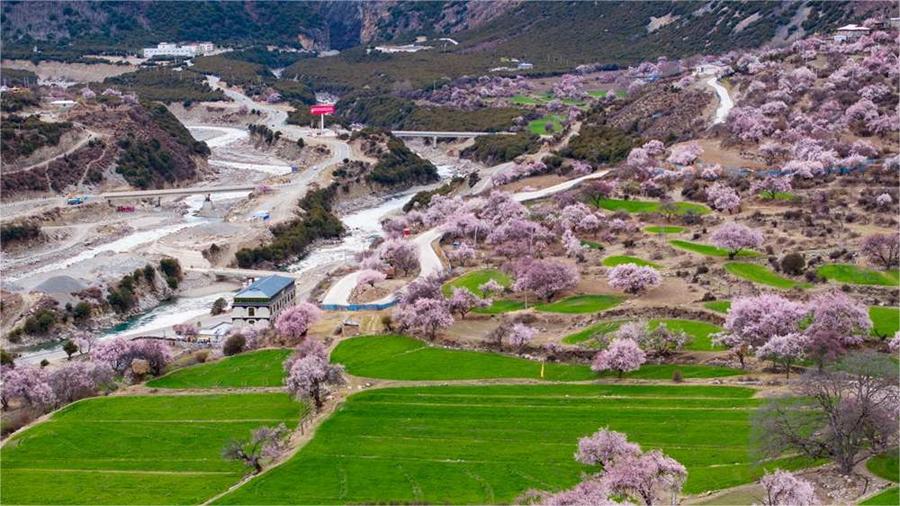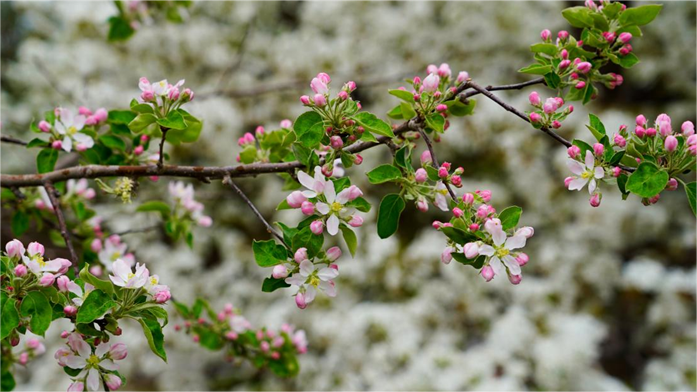Renovated Beijing hutongs shine with ancient charm
After having breakfast at a time-honored restaurant, Zhu Maojin, a 75-year-old resident of a hutong in Caochang community, Qianmen street, Dongcheng District of Beijing, began feeding wild birds under the eaves of his house as usual.
Born and raised in the Caochangsitiao Hutong, Zhu lives a life of contentment that is so similar to, and yet much better than, what he enjoyed in his childhood.
"When I was little, we would often go to a neighbor's house to borrow stuff like green onion and garlic. It was so simple that we even didn't need to ask. We just took the onion, shouted into the house, 'Aunt, I'm going to take this onion,' and then returned home," Zhu recalled.
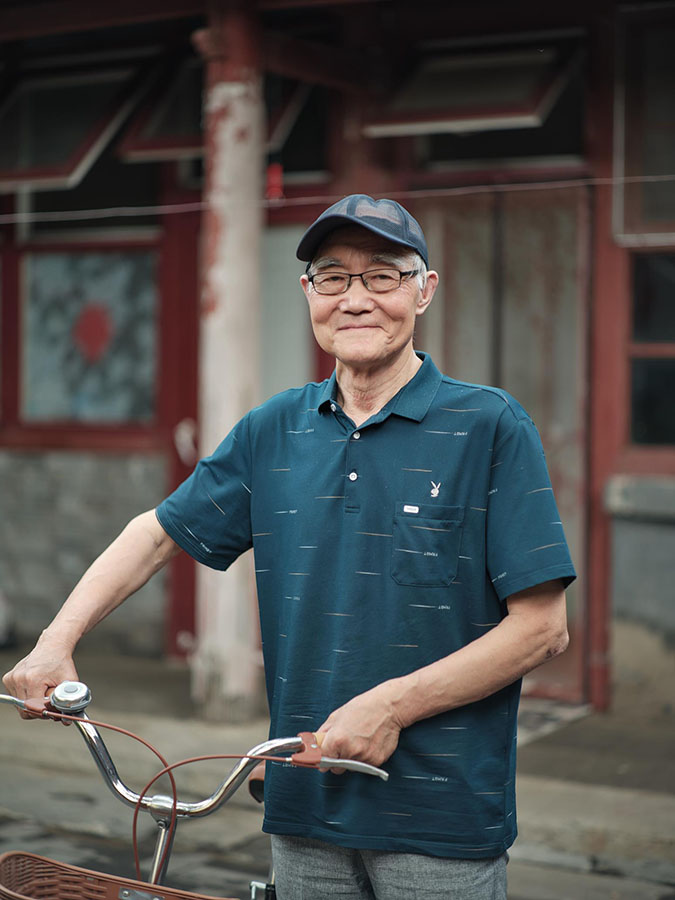
Zhu Maojin, a 75-year-old man, poses for a photo in his courtyard in the Caochangsitiao Hutong in Caochang community, Qianmen street, Dongcheng District of Beijing, July 1, 2022. (People’s Daily Online/Ma Tianyi)
"Hutongs in Beijing feature a close people-to-people bond, which is the one thing that I don't want to live without the most," said Zhu, noting that the close interactions between him and his neighbors often remind him of the scenes from his childhood.
More than 900 families live in traditional dwellings in the Caochang community like Zhu's family. Thanks to renovation projects aiming to bring modern conveniences to local residents in hutongs while preserving historical and cultural heritages, all of the families in the Caochang community are leading a convenient, modern life in their hometown filled with historical and cultural aspects.
The Caochang community is located southeast of Tian'anmen Square. The layout of the residential areas of the community, which have hutongs running north-south, and quadrangle courtyards with doors on their west and east sides, has not changed since the Ming and Qing dynasties (1368-1911).
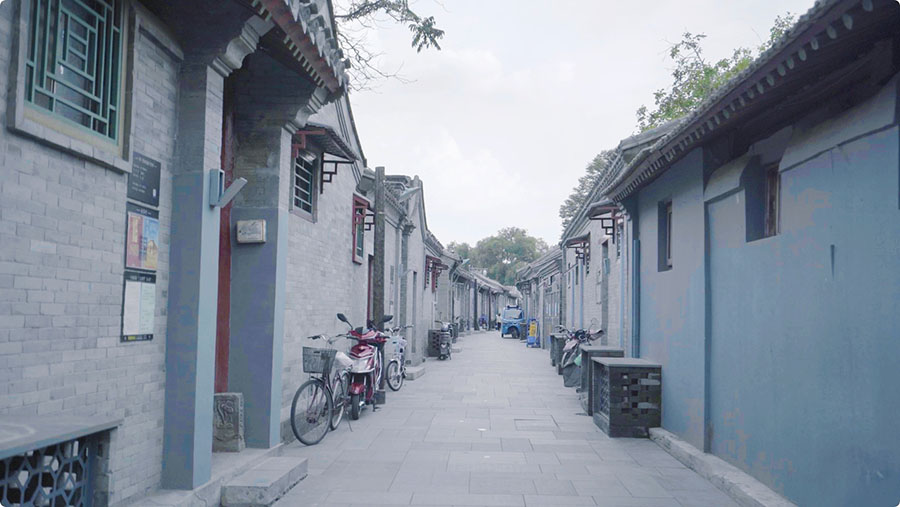
Photo shows the Caochangsitiao Hutong in Caochang community, Qianmen street, Dongcheng District of Beijing. (People’s Daily Online/Ma Tianyi)
In the past, the hutong where Zhu's family lives, was small and messy, Zhu said, adding that electric wires and optical-fiber cables used to hang overhead in a disorderly manner, and people would burn coal to cook, which was not safe or environmentally friendly.
In 2017, the Caochang community launched a project to protect the historic heritage while renovating old residential areas. Since the implementation of the project, the rainwater system has been separated from the sewage system, overhead wires and cables have been buried underground, natural gas pipelines have been improved, and clean public toilets have been set up, bringing a brand new look to hutongs in the community.
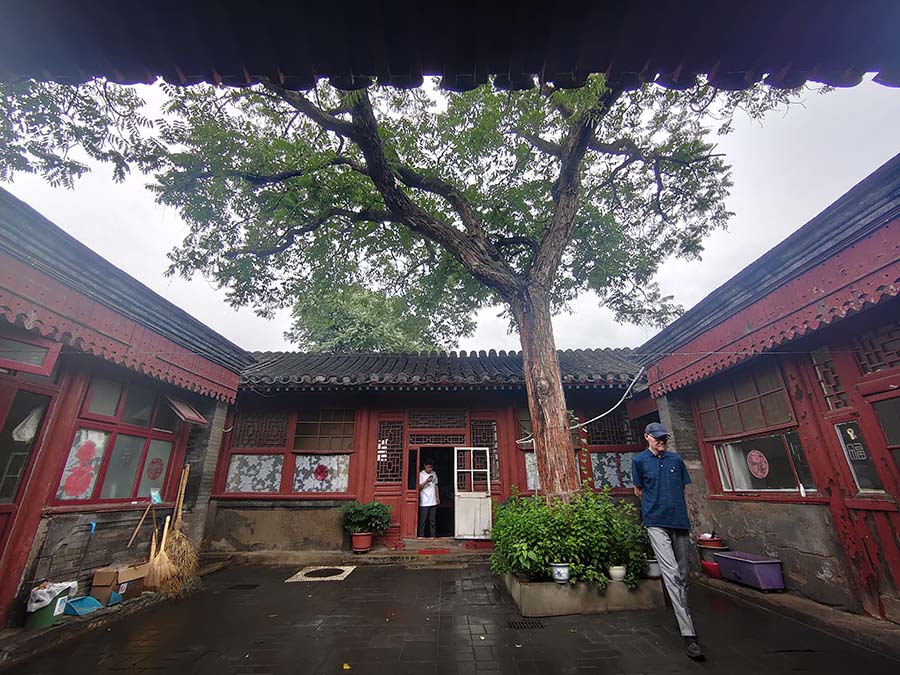
Photo shows the home of Zhu Maojin, a 75-year-old resident of the Caochangsitiao Hutong in Caochang community, Qianmen street, Dongcheng District of Beijing. (People’s Daily Online/Xu Xiangli)
On Feb. 1, 2019, Chinese President Xi Jinping came to the Caochangsitiao Hutong to gain a better understanding of the living conditions of local residents after the renovations and visited Zhu's family. During the visit, he made dumplings and snacks and had cordial talks with Zhu's family.
Hutongs represent the most important characteristic features of Beijing's traditional culture, Xi said, stressing that modernization construction should combine efforts to preserve historical and cultural features in the hutongs, with efforts to help residents enjoy a modern life.
"Following President Xi's visit, we have come up with a lot of ideas and further improved the environment and conditions of our community on the basis of previous achievements," said Li Zheng, secretary of the Communist Party of China (CPC) Caochang community committee.
Now the hutongs in the Caochang community are nicely decorated with ornamental plants, such as flowering plums, bamboo, and Chinese flowering crabapples, as well as grape trellises. Small boxes for pet feces and night lamps have also been installed along the hutongs for the convenience of residents. The community has also formulated and implemented administrative rules and regulations to regulate waste sorting and property management services.

A fresh food supermarket near the home of Zhu Maojin, a 75-year-old resident of the Caochangsitiao Hutong in Caochang community, Qianmen street, Dongcheng District of Beijing. (People’s Daily Online/Ma Tianyi)
In response to the demands of local residents and the needs of area protection endeavors, the community has invited courtyard planners to help improve the layout and appearance of people's homes and created 13 beautiful courtyards.
Today, hutongs in the Caochang community offer people a pleasant living environment, which boasts a combination of primitive simplicity and modern conveniences.
With fresh food markets, restaurants, barber shops, as well as other facilities essential to everyday life, located several hundred meters from his home, Zhu feels more than satisfied with his present life.

Kaffir lily planted by He Lihua, wife of Zhu Maojin, a 75-year-old resident of the Caochangsitiao Hutong in Caochang community, Qianmen street, Dongcheng District of Beijing, is in full bloom in the family's courtyard in the hutong. (Photo courtesy of He Lihua)
Hutongs have retained Beijing's historical and cultural memories, as well as local people's memories of their hometown, which is something skyscrapers can never achieve and the reason why Zhu's family don't want to leave their old house.
"Environment is very important. Just as plants thrive in small places such as these, so do us human beings," said Zhu, commenting on the fact that the kaffir lily, grown by his wife, hadn’t bloomed for decades when it was raised in a high-rise building, but started to bloom in profusion after it was moved to his courtyard in the Caochangsitiao Hutong.
Photos
Related Stories
- Xi stresses grasping, advancing Chinese modernization
- Xi extends condolences to Turkish President Erdogan, Syrian President Bashar over strong earthquakes
- Xi's letters help deepen global understanding
- Family reunions and best wishes for a better life
- Xi Jinping stresses accelerating the establishment of a new development pattern when presiding over a political bureau group study session
Copyright © 2024 People's Daily Online. All Rights Reserved.






